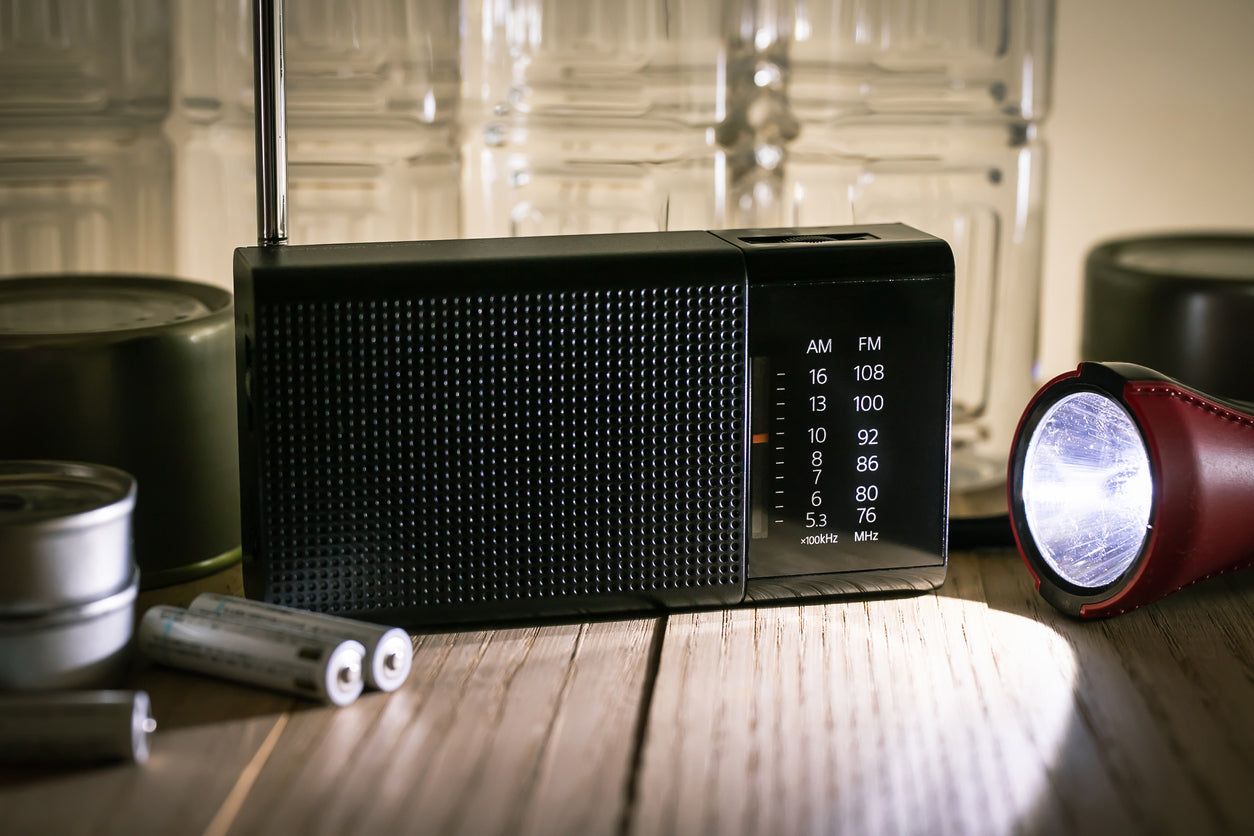When Mother Nature unleashes her fury, being prepared can make all the difference between safety and danger. One invaluable tool in your arsenal is the Weather Alert Radio. But what is it, and how do you use it effectively? In this comprehensive guide, we will demystify the world of Weather Alert Radios, explaining their importance, features, and how to harness their potential. Let's dive in.
Weather Alert Radios are your lifeline when it comes to staying informed about severe weather conditions, natural disasters, and emergency alerts. In this article, we will break down what they are, how they function, and why they are an indispensable tool for safeguarding you and your loved ones.
What is a Weather Alert Radio?
2.1 How Does It Work?
A Weather Alert Radio, also known as a NOAA Weather Radio, is a specialized device designed to receive and broadcast alerts from the National Oceanic and Atmospheric Administration (NOAA). These alerts include weather warnings, watches, and other critical information to help you prepare for and respond to adverse conditions.
2.2 Types of Weather Alert Radios
There are various Weather Alert Radios available, from basic models to more advanced ones with additional features. It's crucial to understand the differences and choose the one that suits your needs best.
The Importance of Weather Alert Radios
Severe weather can strike suddenly, leaving little time for preparation. Weather Alert Radios are designed to bridge this gap, providing early warnings and lifesaving information.
Benefits of Using a Weather Alert Radio
4.1 Early Warning System
Weather Alert Radios act as an early warning system, giving you a heads-up about impending weather-related dangers. This can be the difference between taking shelter and being caught off guard.
4.2 Localized Alerts
These radios offer localized alerts, ensuring that you receive information relevant to your specific area, not generic warnings that may not apply to you.
4.3 Battery Backup
Power outages often accompany severe weather events. Weather Alert Radios are equipped with battery backup, ensuring they continue to function when the lights go out.
4.4 NOAA Certification
NOAA-certified Weather Alert Radios meet stringent standards, assuring you of their reliability and accuracy.
Choosing the Right Weather Alert Radio
5.1 Alert Methods
Different radios may use various alert methods. Some use audible alarms, while others provide visual and text alerts. Choose one that suits your preferences.
5.2 S.A.M.E. Technology
Specific Area Message Encoding (S.A.M.E.) technology allows you to receive alerts only for your designated location, reducing unnecessary notifications.
5.3 Portability and Power Sources
Consider whether you need a portable radio or one that plugs into your wall. Battery-powered radios offer flexibility during power outages.
Setting Up Your Weather Alert Radio
6.1 Location Matters
Placing your radio in the right location is crucial for optimal signal reception. We'll guide you through the best spots in your home.
6.2 Antenna Positioning
Proper antenna positioning ensures you receive alerts clearly and consistently. Learn the tricks to get the best signal.
6.3 Powering Up
Make sure your Weather Alert Radio is always ready to alert you by keeping its power source reliable.
Understanding Weather Alerts
7.1 Watch vs. Warning
Do you know the difference between a weather watch and a warning? Understanding this can be a game-changer in your preparedness.
7.2 Severe Weather Alerts
From tornadoes to hurricanes, there are different types of severe weather alerts. Knowing what to expect is essential for your safety.
7.3 Non-Weather Alerts
Weather Alert Radios can also receive non-weather-related emergency alerts, expanding their utility in various situations.
Interpreting Weather Alerts
8.1 Weather Codes
NOAA uses specific codes to convey information quickly. We'll decode these for you, so you can react effectively.
8.2 Understanding Jargon
Meteorological jargon can be intimidating. We'll simplify it, so you can grasp the information without a meteorology degree.
Making the Most of Your Weather Alert Radio
9.1 Regular Testing
Regularly testing your Weather Alert Radio ensures it's working correctly and that you're familiar with its functions.
9.2 Stay Informed
A Weather Alert Radio is just one piece of the puzzle. Staying informed about the weather through various sources is essential.
9.3 Emergency Preparedness
Learn how to create an emergency plan and use your Weather Alert Radio as a crucial component of it.
Common Weather Alert Radio Mistakes
Discover the most common mistakes people make when using Weather Alert Radios and how to avoid them.
Frequently Asked Questions
11.1 What is the difference between a Weather Alert Radio and a regular radio?
A Weather Alert Radio is purpose-built to receive NOAA alerts, while a regular radio does not have this capability. Regular radios are for entertainment; Weather Alert Radios are for safety.
11.2 Are all Weather Alert Radios the same?
No, Weather Alert Radios come in various models with different features. It's essential to choose one that aligns with your specific needs.
11.3 Can I receive alerts for my specific location?
Yes

